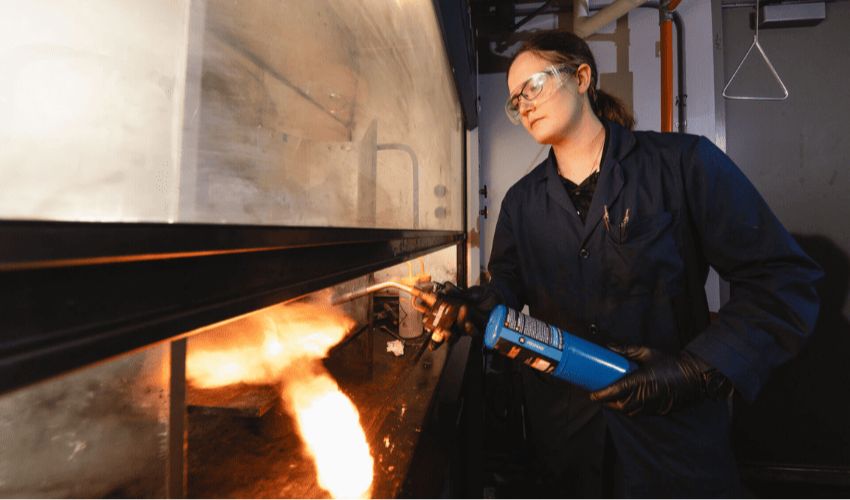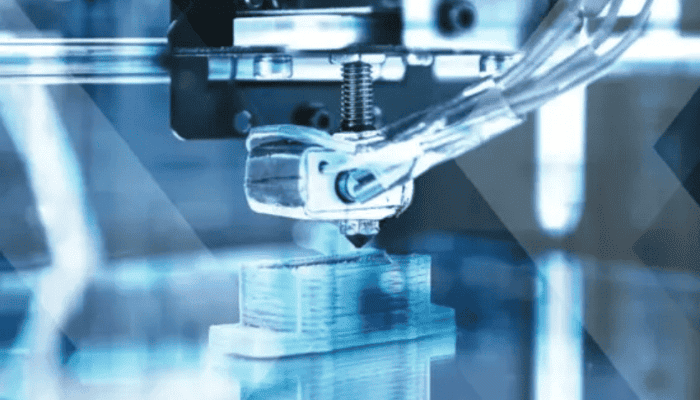Purdue Researchers Are Using 3D Printing to Advance Energetic Materials Research

At the Purdue Energetics Research Center, researchers are exploring new ways of improving the performance of energetic materials using 3D printing. These materials, capable of releasing significant energy during reactions, include explosives, propellants and pyrotechnic devices. They also have applications in sectors such as defense and aerospace.
Led by Diane Collard, a researcher at the Purdue Energetics Research Center, the work aims to make energetic materials safer, more efficient and tailored to specific needs. Customization is essential, as characteristics such as blast power, sensitivity, burning rate or energy release vary according to context and application. How could 3D printing improve these materials?

Customizing Energetic Materials with 3D Printing
Diane Collard is leading a project aimed at optimizing the power of explosions by using reactive casings around energetic materials with varying internal structures. These materials, designed in collaboration with the Air Force Research Laboratory (AFRL), take advantage of 3D printing techniques to combine several materials in a single step. This approach paves the way for unique configurations capable of modifying material behavior, from their fragmentation to the way they release energy. Collard explains, “These materials are tailorable for different use cases, which is the great thing about additive manufacturing. It’s really meant for a case-by-case basis,” She adds, “If you have a specific mission set in mind or a specific performance requirement, traditional or standardized manufacturing may not be the best fit, as it is better for pumping out parts and designs at volume.”
Kelsea Miller, a mechanical research engineer at AFRL and Diane Collard’s collaborator, is creating energetic materials with variable properties throughout their structure to meet performance requirements, known as functionally graded materials. She believes that Collard’s work will enable AFRL to develop an efficient method for designing and manufacturing these materials on a large scale.
While we don’t know the different 3D printing technologies used to improve these materials, it is clear that additive manufacturing plays a key role in customizing and optimizing their properties, enabling their performance to be tailored to the specific needs of each application. To learn more, read the article from Purdue here.
What do you think of using 3D printing for energetic materials? Let us know in a comment below or on our LinkedIn, Facebook, and Twitter pages! Don’t forget to sign up for our free weekly Newsletter here, the latest 3D printing news straight to your inbox! You can also find all our videos on our YouTube channel.
*Cover Photo Credits: Purdue University






